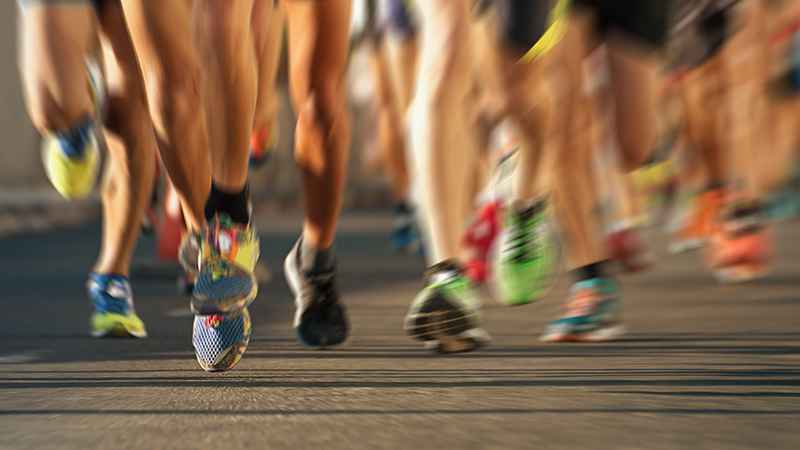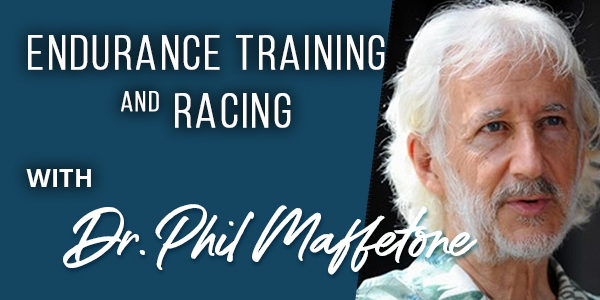
From beginners to pro athletes, mental imagery can be useful — or dangerous if you’re unrealistic
The beautiful stride of a world class marathoner is something to behold. A perfect 10, some might say. We see this elegant imagery at the pinnacle of every sport. Our eyes transmit these images to the brain, where something amazing happens: We actually begin to mimic those same actions.
This happens not just through the imagination or dreams of being world class. Rather, the brain’s motor cortex initiates the connections with those very same muscles used in the actions we see — all while we sit on the couch just watching and wishing.
This mechanism is hard-wired in the human nervous system. We do it from the earliest age — the brain mimics others. It helps us learn to walk, and is a reason why we often stand, walk or move very similarly to the way our parents do. As babies, we imagine moving like mom, and, eventually, the mind mirrors it.
If imagination is more important than knowledge, as Albert Einstein said, then it can also be more powerful. This mental imagery could have great value for sports, as well as with patients undergoing therapy and rehabilitation, and others. However, it could also cause damage if this process is misused.
Overthinking anything can hurt an otherwise healthy process. Illusion injuries are one example. If we are under the illusion we can run a world record marathon next week with little training, that power can be used to harm us.
Sure, this seems like an extreme example, but during my years of working one-on-one with athletes, seeing these kinds of injuries often enough was real — especially when they were more prevalent following televised marathons and other major sporting events.
It seemed like an illusion to me: There were more injured runners coming into my clinic in the periods following TV broadcasts of pro athletes such as the New York City and Boston marathons, and other prime-time events. Watching the strides of great marathoners for a couple of hours or so surely ignited the viewer’s brains. It also often triggered couch potatoes to take up the sport, and too often do too much too soon.
An illusion can be a delusion, a self-deception or fantasy. And it can cause physical harm. However, when used appropriately, mental imagery can help many people perform better. But how far can we go with that notion?
The rise of illusion-based injuries may be a powerful social phenomenon, driven by the no-pain, no-gain mentality. Do you really believe a magazine article that claims you can run your best marathon with these three simple steps, or some such headline on the cover that attracts gullible and wannabe athletes?
Interested in speaking directly with Phil Maffetone? Come and join us in our first online interactive webinar. For more information listen to what Alisha and Pete have to say in their videos below.
Running, like walking, swimming and all natural sports activities, requires a balance of complex combinations of many brain areas to sense and send messages to muscles and other structures throughout the body to create the most effective gait — one that functions within the abilities of the individual. (This kind of rehab imagery also can be used clinically such as in a Parkinson patient with a significantly impaired gait, who can suddenly walk much better when while watching an unimpaired companion.) But just because we want to race at a certain speedy pace, we must be at least close to that ability in order to succeed.
While mental imagery is beneficial in sports, the opposite notion of an adverse response can happen just as easily. Consider that just training or racing with a group of others is associated with the awareness of their stride rates and lengths, resulting in some of the group mimicking each other’s gaits. This can be an obvious problem when an individual adopts a gait that is not natural for them.
Running in a pack is very common, and one question is: What’s the pecking order? In other words, who is the person everyone else who is influenced is mimicking? It’s difficult to say, and sometimes there is more than one.
While pack running is common and traditional, probably ancestral, the optimal approach would be for each of us to personalize our own movement — allow our brains to move us within our ability. This could be done most easily by using heart rate as a guide; an abnormal gait is typically associated with higher heart rate.
While most healthy amateur runners don’t truly believe they can compete with a world record level . . . many believe they can run much faster than they are currently capable. In other words, they believe they can run much faster than their own abilities — consider those who run much faster at the start of a race, which may be a common reason for not performing optimally that day.
It’s unclear whether illusion injuries are more common in men, but research shows that men run faster initially and slow down more later in road races compared to women.
During my lengthy history-taking of new patients who were injured runners, I covered all the common predispositions: previous injury, the use of orthotics and inserts, previous sports activity, running surface, training and race experience, and running shoes. My examination focused on brain-body connections, especially neuromuscular imbalance. Lifestyle stress was key too, especially food intake. But watching TV?
Mental imagery can be a powerful training tool. However it’s important to keep your abilities in perspective and not adopt a gait or style that is unnatural to your individual body. Keep it realistic.








